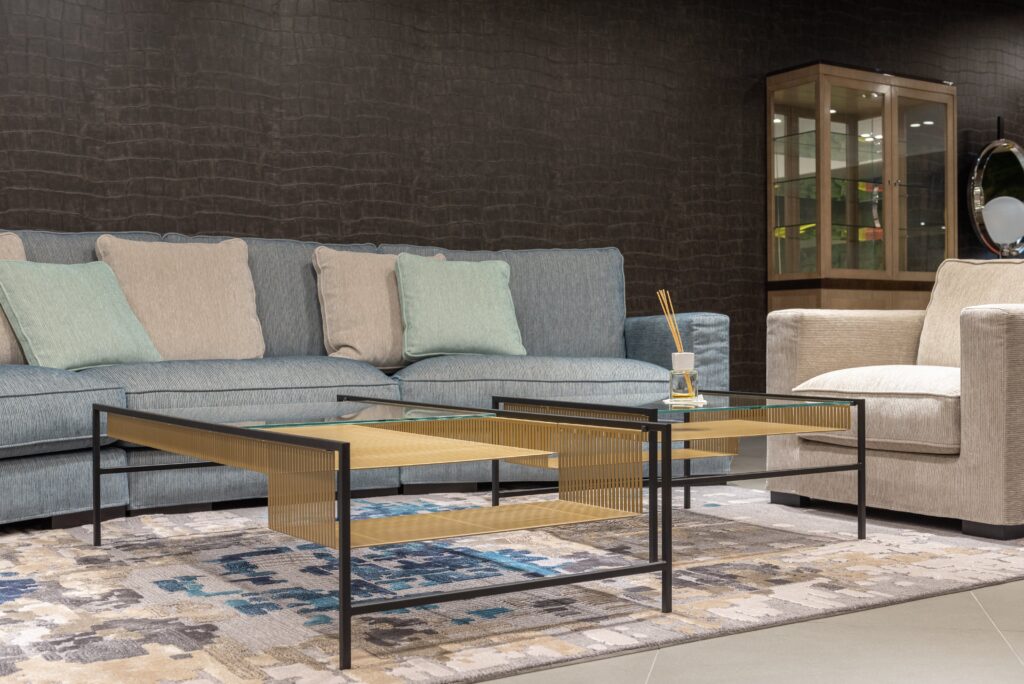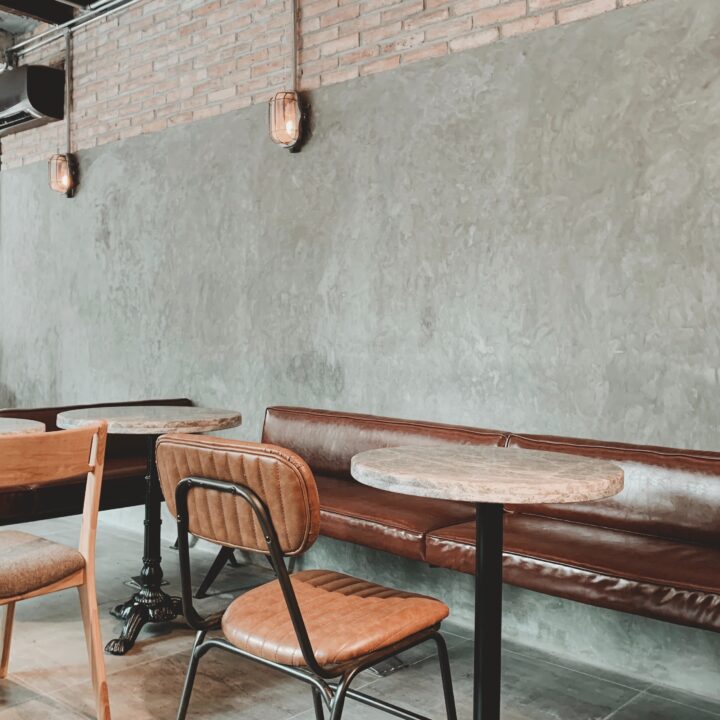A basement wall is a foundation wall that encloses a suitable area under a building. When thinking about constructing interior walls, drywall usually comes to mind. It is cost-effective and easy to source, which makes it one of the most common building materials used in homes today. Nevertheless, several beautiful, low-cost ways to finish a basement without drywall exist.
What’s a drywall?
Drywall (also called plasterboard, dry lining, wallboard, sheetrock, gib board, gypsum board, buster board, turtles board, slap board, custard board, and gypsum panel) is a panel made of calcium sulfate dihydrate (gypsum), with or without additives, typically extruded between thick sheets of facer and backer paper, used in the construction of interior walls and ceilings.
The plaster is mixed with fiber (typically xx paper, glass wool, or a combination of these materials); plasticizer, foaming agent; and additives that can reduce mildew, flammability and water absorption. Drywall construction is basically the application of walls without using mortar or plaster.
Instead of using drywall in basements, different alternatives can be employed, such as cement board installation, wahoo walls, furring strips, steel frames, veneer plaster, plywood, corrugated metal, rammed earth panels, faux brick panels, Barn wood, etc.
Alternatives For Basement Wall Without Drywall

Below, are various insights into the alternatives used in basement walls except drywall.
1. Cement Board Installation
Cement boards are another option that can be used to cover your basement walls. They are made of cement and cellulose fibers and are good for places with high moisture. These boards are heavy and it takes effort to lift them up.
The great thing about cement boards is that they are sturdier and more durable compared to drywall. These boards can be found in various colors and sizes. The price is a bit higher but this investment is definitely worth it.
2. Wahoo Walls
Wahoo walls can also be used for your basement as an option and can be very quickly installed. The great thing about wahoo walls is that they are created from non-organic products and are waterproof and fire-resistant. The Wahoo walls consist of polystyrene cores; in a very short time, you can transform your basement into something perfectly decorated. Almost any DIYer can do this.
3. Furring Strips
Another amazing option is to go with furring strips. Furring strips are attached to the basement wall. These panels can be used for your basement finish without studs or drywall. Here, the furring strips are attached to the basement wall to give support. Just apply a vapor barrier with nails on 1×3’’ strips of wood by using masonry nails.
4. Steel Frames
Steel frames can be adopted for basement walls. By using wall studs that are made of steel, one can easily finish your basement wall. It’s much easier to work with steel framing than with traditional wood studs. The great thing about steel frames is that they are long-lasting, so one doesn’t have to worry about corrosion and termites. Therefore, if one opts for this option, one can be sure its lifespan will be very long.
5. Veneer Plaster
Veneer plaster is made up of a layer of plaster over a substrate, most commonly gypsum board, making it similar to drywall. Because it is mold-resistant and much harder than just drywall, however, it’s more resilient against damage.
While drywall has joints, a plaster surface is continuous, so it looks smoother and serves as a better base for paint. Veneer plaster’s downsides are that it requires more time for installation, costs more and can be difficult to repair.
6. Plywood
Plywood is inexpensive, easy to install, and durable. The wood grain will warm up a space and can be stained or painted to coordinate with any decor. Plywood can be installed in sheets or planks, the latter resembling the look of shiplap or traditional wood paneling. It can be sealed for moisture resistance, but plywood’s big drawback is that it won’t be as fire-resistant as drywall.
7. Corrugated metal
Traditionally used for roofing, corrugated metal offers an unconventional way to add an industrial look to an interior feature wall or ceiling surface. Available in both sheets and panels, this material is most commonly made of steel but can be made of other metals, such as aluminum and copper, both new and reclaimed.
The panels are available in various finishes and wave styles and can be installed vertically or horizontally to create two different looks.
8. Rammed earth panels
Rammed earth construction uses natural raw materials like compacted soil and gravel to make walls, floors, and foundations. This technique, which originated in ancient times, has been modernized through the use of precast panels.
These panels are naturally insulating and durable, as well as attractive, especially to eco-friendly builders. That said, rammed earth panels can be difficult to find and expensive to install.
9. Faux brick panels
Well suited for rustic and industrial spaces, natural brick adds texture and visual interest to a space. But if one wants the look without all the time-consuming masonry work, faux brick is a lightweight, easy-to-install alternative.
Panels are cost-effective and available in a variety of styles and colors. Most faux bricks are water-resistant, but only some are fire-rated.
10. Barn wood
Barnwood is a great option for those looking to achieve a rustic or modern farmhouse aesthetic. Reclaimed wood offers the most authentic appearance but it can be expensive and challenging to find. More commonly, panels are made from engineered wood designed to resemble aged planks, like these Enkor engineered wood accent planks.
Engineered barnwood is generally affordable, easy to install, washable, and manufactured in different styles and finishes. However, neither natural nor engineered wood is recommended for high-moisture areas.
11. 3D Plastic Panels
Made from PVC or recycled plant fiber like these wavy wall panels from Art3D Store, 3D wall panels are available in various designs and can be painted to match your interior. However, not just any kind of paint will adhere to PVC, so be sure to select paint that is made for this type of application.
Often used for accent walls, the material is durable, lightweight, inexpensive, and water-resistant. Because the panels are made of plastic or plant fiber, however, they are not heat-resistant and should not be used near a fireplace or cooking appliances in the kitchen.
11. Corkboard
Corkboard isn’t durable enough for all the walls in your home, but it can serve as a fun accent in a home office or a child’s room. The eco-friendly material can provide thermal and acoustic insulation, and it’s a great surface for hanging lightweight artwork and pictures.
For wall applications, cork will most likely have a plywood, or plywood alternative, backing. It can be installed over drywall, too. Cork is naturally fire- and moisture-resistant and is available in various designs, thicknesses and colors to suit any preference. Buy cork underlayment in packs of tiles or rolls (like QEP’s natural cork underlayment roll).
12. Wood siding
If one is looking for alternative interior wall ideas, exterior siding is an inexpensive, easy-to-install option. Wood siding, for instance, can offer the rustic look of paneling and would suit a charming accent wall very well.
Vinyl siding, however, is combustible and chemical-laden, so it should be avoided when used in the main living space.
13. Acoustic panels
For builders looking to limit the noise entering or exiting a room, acoustic panels provide a solution that will absorb sound and reverberation. Commonly made with a foam or wool interior, they are generally framed in wood and then wrapped in canvas or fabric.
14. Board and batten
If one is interested in a farmhouse look, board and batten is an alternative to drywall that might be just right for such a home. Originally made with rough-sawn lumber and installed on the exterior of barns, today’s board and batten are often factory-primed and ready to install on an interior wall.
15. Wood plank walls
By using wood planks, the room will bring the country style to your basement. They will deliver a rustic vibe to the whole space. Wood planks require very little maintenance and warm up the entire room.
16. Exposed concrete
Exposed concrete will lend one’s space a modern, minimalist design while offering a durable and fire-resistant surface. Note, however, that concrete can be porous once dried, so using a concrete sealer will help protect your walls from moisture and mold. Concrete is available in a range of colors and finishes, with smooth finishes being most appropriate for interior walls.
17. Wall liner
A thicker and sturdier version of wallpaper, wall liner can be attached over concrete blocks, damaged drywall, or paneling. Some wall liner products, like this one from Patton Wallcoverings, come pre-pasted and ready to apply to walls. One roll can cover up to 56 square feet.
Final Words
Finishing a basement without drywall gives additional living space, adds style to the home and increases its value. Most of the alternatives are easier to set up and maintain than drywall, which has problems with moisture and dust.
New ideas on how to design basements, as well as new materials that can be used for walls instead of drywall, can be recommended by the basement finish company.



